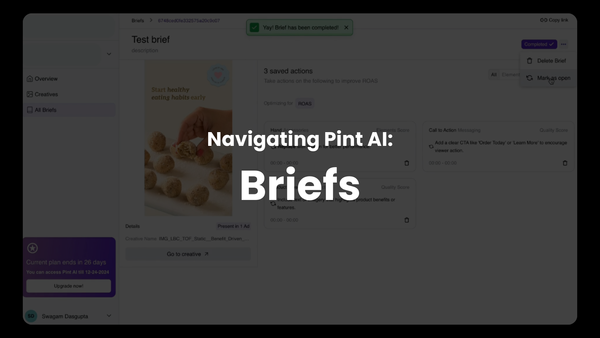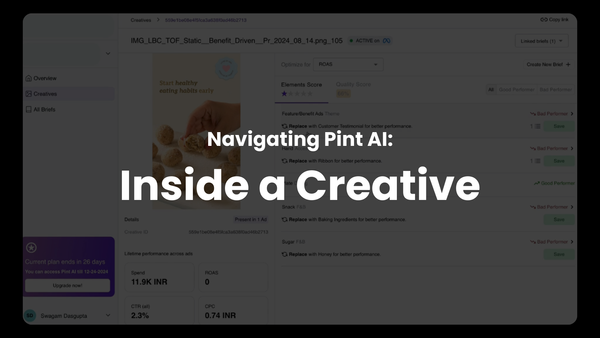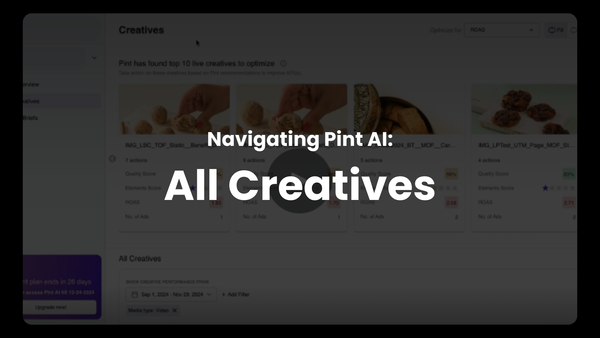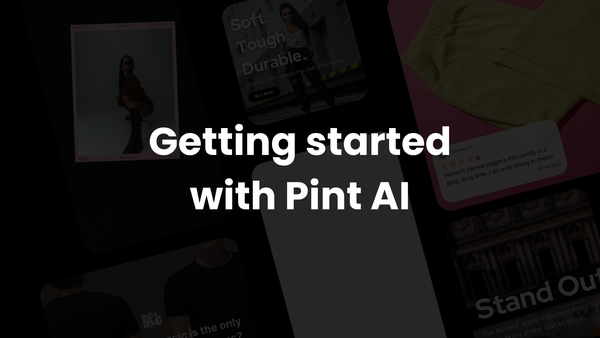5 Emerging Trends in A/B Testing That Are Changing the Game
2024 is bringing with it a slate of trends that will diversify the way A/B tests currently take place for media buyers. Here are 5 emerging trends that will change the A/B testing game
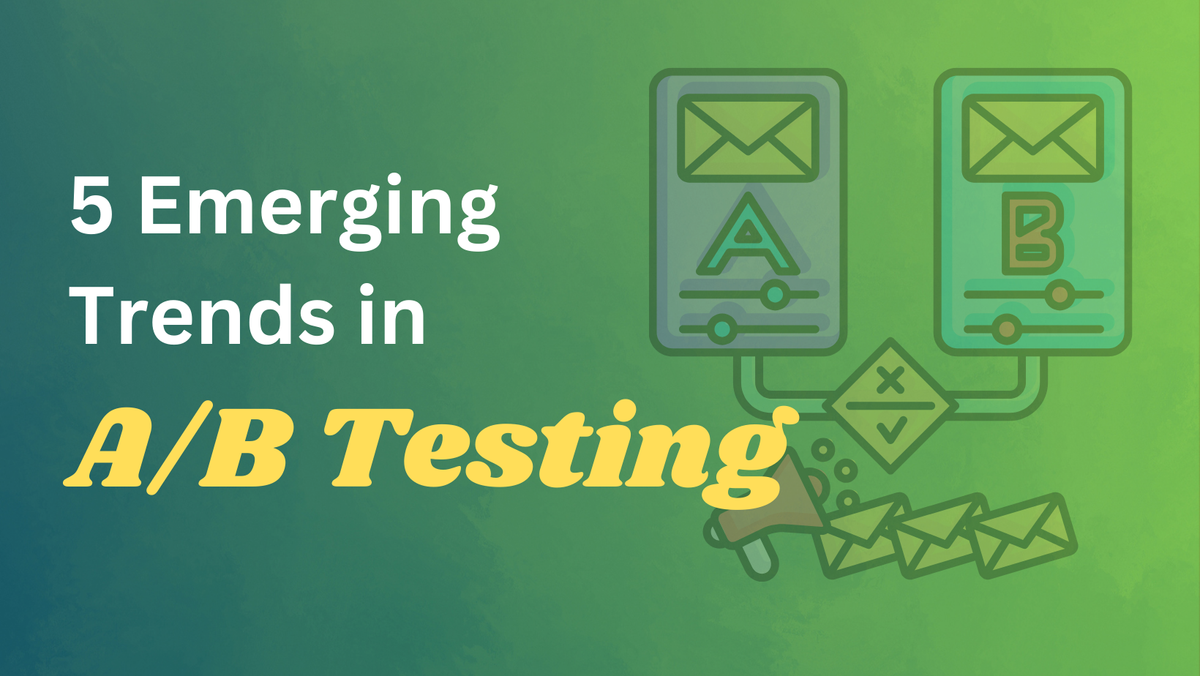
Media buyers will soon be able to A/B test far more effectively and creatively.
With the integration of dynamic capabilities and artificial intelligence, the future of A/B testing offers unprecedented opportunities for real-time optimization and automation. Let's dive into 5 trends that will change the game!
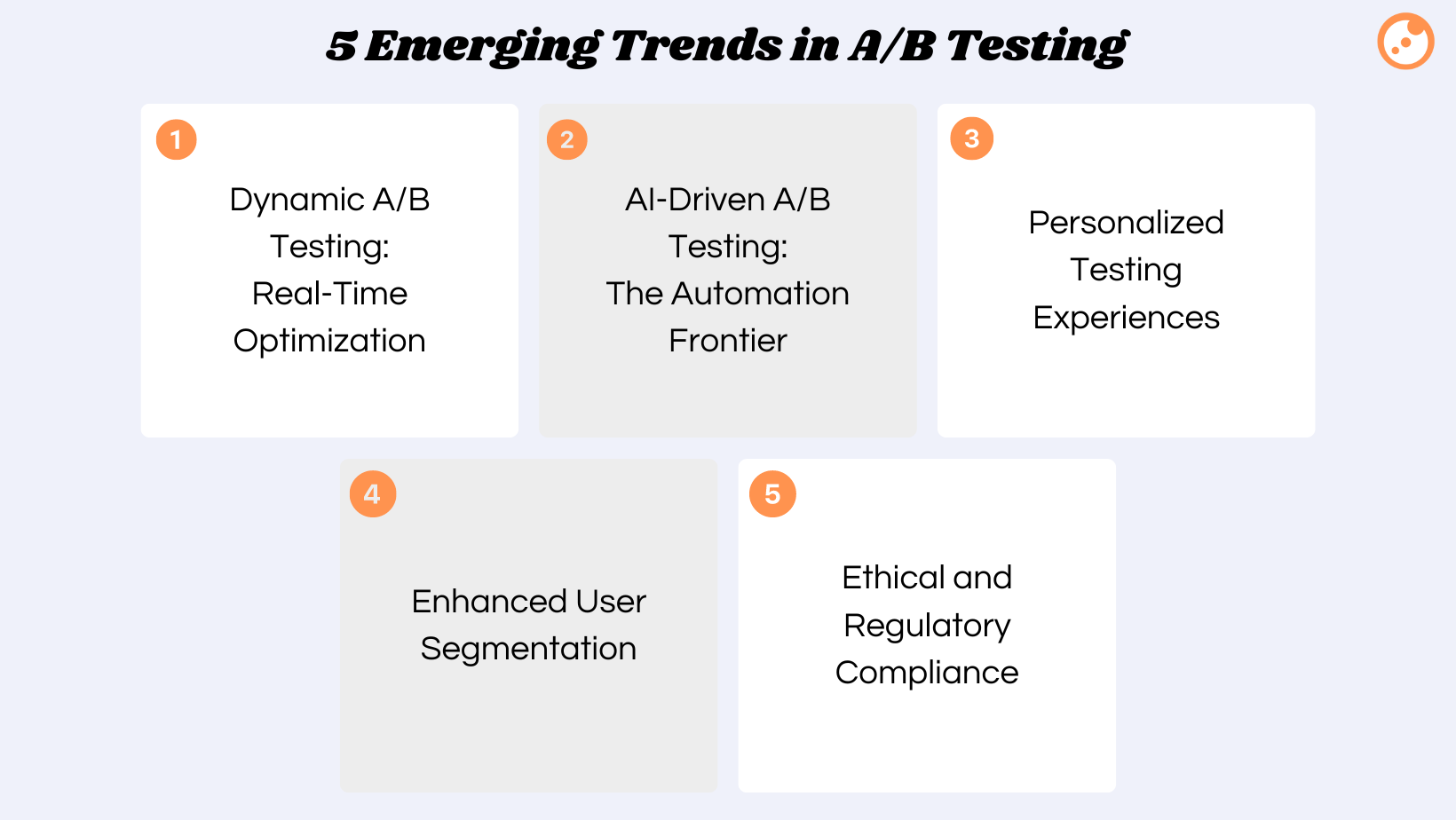
1. Dynamic A/B Testing: Real-Time Optimization
Dynamic A/B testing represents a significant shift from traditional methods, where variations are predefined before a test begins. The new dynamic approach adapts in real-time, creating and testing variations based on ongoing user interactions. This real-time optimization allows for continuous refinement of the user experience, directly influenced by how users interact with the content during their visit.
This level of responsiveness not only increases engagement but also significantly boosts the likelihood of conversions. Dynamic testing tools, which utilize advanced algorithms to adjust content instantaneously, are proving to be crucial in environments where user preferences shift rapidly
2. AI-Driven A/B Testing: The Automation Frontier
AI-driven A/B testing is paving the way for a more efficient, effective, and data-driven approach to campaign optimization. By harnessing machine learning and artificial intelligence, A/B testing tools can now predict the potential success of different variations before they are even tested on a large scale. This predictive capability allows media buyers to focus their efforts and resources on the most promising content, minimizing waste and maximizing potential returns.
These AI systems analyze extensive data sets to identify patterns that human analysts might miss. They can automate the entire testing process, from generating hypotheses and creating test variations to evaluating outcomes and implementing successful elements.
3. Personalized Testing Experiences
Personalized testing experiences in A/B testing are all about delivering content that resonates more profoundly with each user by tailoring the testing elements to individual preferences, behaviors, or past interactions.
This approach leverages data gathered from users to create variations of web pages, ads, or email campaigns that specifically appeal to different segments of an audience. By personalizing these elements, companies can significantly enhance user engagement and increase conversion rates.
Personalized testing can extend to different aspects of marketing content, including the layout of newsletters, the imagery used in promotional materials, or even the timing of email dispatches to match when users are most likely to engage.
4. Enhanced User Segmentation
Enhanced user segmentation involves dividing a customer base into more precise groups based on various criteria such as demographics, purchasing behavior, engagement levels, and personal preferences.
This detailed segmentation allows for more targeted and effective A/B testing because it ensures that the variations of a test are exposed to the most relevant audience.
Advanced analytics tools and customer relationship management (CRM) systems are often used to analyze large data sets and identify meaningful patterns in customer behavior.
5. Ethical and Regulatory Compliance
As A/B testing involves collecting and analyzing large amounts of user data, it raises significant ethical and privacy concerns.
Adhering to ethical and regulatory standards is crucial not only to maintain user trust but also to comply with laws such as the General Data Protection Regulation (GDPR) in Europe and the California Consumer Privacy Act (CCPA) in the U.S. These regulations mandate that businesses must ensure transparency in how they collect, use, and share consumer data.
Additionally, companies must be vigilant about using data in ways that do not discriminate against or unfairly target certain groups of users.
The future of A/B testing is characterized by smarter, faster, and more user-centric approaches that promise to significantly impact how digital campaigns are optimized.
For media buyers, staying updated with these trends is essential for leveraging the full potential of A/B testing technologies, ensuring that their digital marketing strategies remain effective and competitive in a rapidly changing digital landscape.


